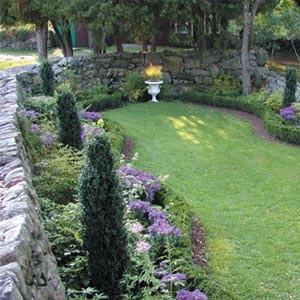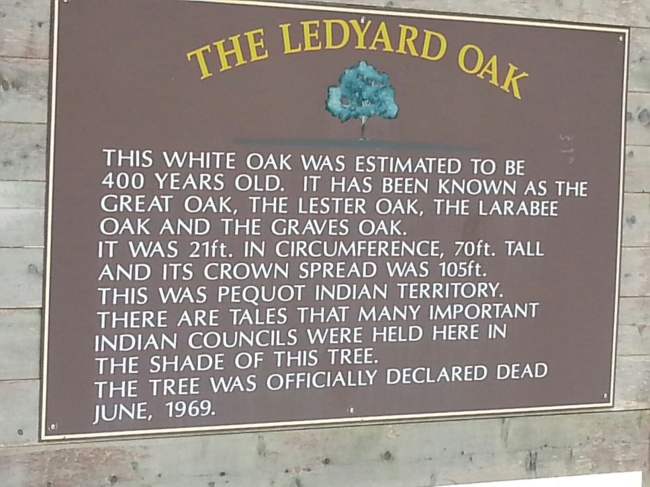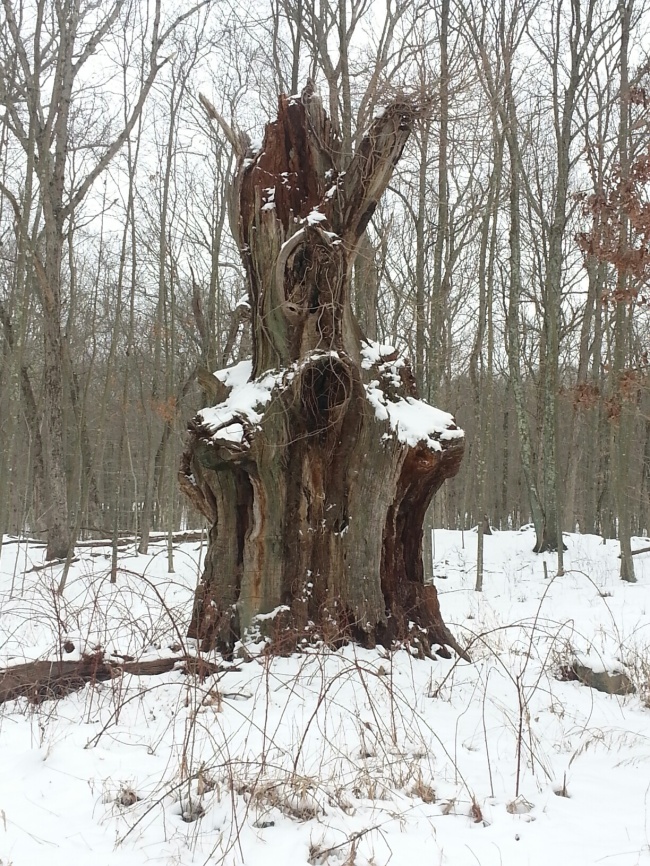The Weir Farm
Connecticut offers its history up to visitors in many forms, shapes and colors. The most familiar might be museums, battle sites, house museums and, yes, colorful gardens that grace Connecticut’s landscape and accentuate its past.
Connecticut’s Historic Gardens , a group that promotes this part of the state’s history, has highlighted 14 of them.
The Weir Farm National Historic Site in Wilton — the only national park devoted to American painting– is perhaps the best known, given that it was home to three generations of Weir family artists, starting in with J. Alden Weir, a pioneer in the development of American Impressionism.
If there were an award for the historic garden site with the most interesting name would go to the Thankful Arnold House Museum in Haddam, which features the Wilhelmina Ann Arnold Barnhart Memorial Garden. Itmay be the garden with the longest name.
The other 12 historic gardens located throughout the state are:
Bellamy-Ferriday House & Garden, Bethlehem 06751; Butler-McCook House & Garden, Hartford 06103; Florence Griswold Museum, Old Lyme 06371; Glebe House Museum & The Gertrude Jekyll Garden, Woodbury 06798; Harkness Memorial State Park, Waterford 06385; Harriet Beecher Stowe Center, Hartford, CT 06105; Hill-Stead Museum, Farmington 06032; New London County Historical Society & Shaw Mansion, New London 06320; Osborne Homestead Museum & Kellogg Environmental Center, Derby, CT 06418; Promisek at Three Rivers Farm, Bridgewater, CT 06752; Roseland Cottage, Woodstock 06281; Webb-Deane-Stevens Museum , Wethersfield 06109;










